40 micro sd card labels explained
Types of SD Cards Explained (2022) - Have Camera Will Travel ( Secure Digital High Capacity) is a design specification that refers to SD cards that are over 2GB and up to 32GB in capacity and formatted with the FAT32 filesystem. FAT32 supports individual files up to a maximum of 4GB (which is also why many cameras break up their video files into chunks that are 4GB or less in a process known as chaptering ). SD and microSD Card Symbols and Naming Patterns Explained - XBitLabs SD cards follow a relatively simple naming scheme. Following is a guide to help you understand SD card symbols in their entirety. SD Card Markings - Understanding SD Cards and Their Naming Schemes Size Matters Capacity is Also Important Speed - Interface Progress and UHS Conclusion and Summary - SD Card Symbols Demystified
How do I Interpret All the Symbols and Codes on a MicroSD Card? There are four categories of MicroSD cards, actually. MicroSD, MicroSD HC (also known as SDHC), MicroSD XC (SDXC) and MicroSD UC (SDUC). MicroSD itself has a max storage of 2GB. Tiny. SDHC is up to 32GB, SDXC is up to 2TB and SDUC is 2TB up to a staggering 128TB.
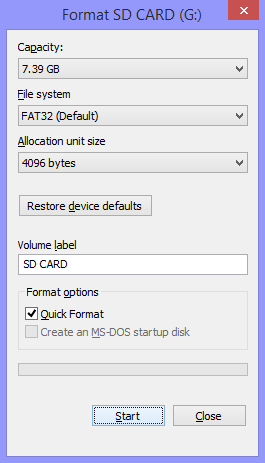
Micro sd card labels explained
SD Card standards explained: SD, SDHC, SDXC and SDUC - Dignited Most modern SD cards are labeled with I or II to indicate they possess either a UHS-I or UHS-II bus interface. It is important to note that UHS here stands for Ultra-High-Speed, which is just an SD card's bus interface specification that is entirely distinct from its UHS speed class. A Guide to SD and microSD Card Types - Kingston Technology The four SD standards for microSD cards are: MicroSD cards are the smaller-sized version of SD cards and the biggest difference between the two is the form factor. They're also more versatile since they're often available with an SD adaptor that allows you to use microSD cards in hardware devices that only support SD cards. Understanding SD Card Speeds, Types and Important Symbols - Shutter Muse Of course, SD card manufacturers want to put the biggest number on the card, so if you see something like 175MB/s (megabytes per second) written on the card, you should assume that it refers to the card's read speed. Not only that, but they will also be quoting a peak maximum read speed rather than a sustainable speed.
Micro sd card labels explained. Picking the Right SD Card: What Do the Numbers Mean? 6. Micro SDXC. As storage capacity technology has continued to improve, memory card manufacturers like SanDisk, Kingston, and Lexar took advantage of upgrades to provide even more storage in the MicroSD size. Micro SDXC refers to Micro Secure Digital eXtreme Capacity. These cards can hold between 32GB and 2TB. SD/SDHC/SDXC Specifications and Compatibility - Western Digital SD High Capacity (SDHC™) card is an SD™ memory card based on the SDA 2.0 specification. SDHC capacities range from 4GB to 32GB Default Format: FAT32 Because SDHC works differently than standard SD cards, this format is NOT backwards compatible with host devices that only take SD (128MB - 2GB) cards. Most readers and host devices built after 2008 should be SDHC compatible. SD and microSD Card Specification Labels Explained - YouTube We are deciphering the specification markings that you'll find on SD and microSD cards such as SDHC, SDXC, 128GB, C2, C4, C6, C10, UHS-II U3, V30, V60, V90, ... microSD and SD Card Buying Guide | TechSpot miniSD cards: 0.85 x 0.79 x 0.055 inches (21.5 x 20 x 1.4 mm) microSD cards: 0.56 x 0.43 x 0.039 inches (15 x 11 x 1 mm) Standard SD cards all come with a small locking toggle, that enables ...
MicroSD Cards Explained | Beginners Guide - tomstechtime Video #1: Abbreviations and Symbols explained SONY MICROSD SPEED RANKING: 8 DURABILITY RANKING: ASAP MAX. READ: 95 MB/S MAX. WRITE: 90 MB/S REAL READ: 78.25 MB/S REAL WRITE: 51.72 MB/S BUY MICROSD CARD SAMSUNG MICROSD SPEED RANKING: 3 DURABILITY RANKING: ASAP MAX. READ: 90 MB/S MAX. WRITE: 60 MB/S REAL READ: 77.56 MB/S How to label those tiny micro sd cards? - Raspberry Pi Forums You can scotch tape a paper label to the card. And double over the tape on the backside for a kind of laminate configuration. With scissors to trim any sticky overlap. With a printer and a little graphic design you can print the tag and have pretty labels. Although the UID method with an external table is a good idea. how to understand the info on your new card - digitalcameraworld Memory card symbols… 1. Brand 2. Position in range 3. Capacity 4. Type 5. Speed 6. Speed Class 7. UHS Class 8. UHS Bus IF product family 9. Video Speed Class 1) Brand This is the easy one: the manufacturer of the card. The Numbers on Your Memory Card Explained | B&H eXplora microSD cards are essentially just miniaturized versions of full-size SD cards, and share all the same classifications. Like their full-size brethren, there are microSDHC and microSDXC cards; there are even UHS-II microSD cards, and they have the same speed-class ratings.
SD Card Labels - Blank or Custom | OnlineLabels.com® Our blank adhesive SDHC memory card size labels will fit and stick with ease. These SD labels are offered in a variety of colors and materials, so it's easy to find the right label for your project. After you purchase, you get access to free design tools and templates through Maestro Label Designer. Understanding the Naming Conventions and Labels of SD and microSD Cards ... As a result, there are cards that are labeled as both C10 and U3. If U3 indicates a minimum write speed of 30MB/s and C10 indicates a minimum write speed of 10MB/s, it's pointless to list both speed classes since U3 already indicates a write speed of more than 10MB/s. SMART microSD Cards Explained | Delkin Devices Self-Monitoring, Analysis, and Reporting Technology, or SMART, can be integrated into many data storage devices. SMART microSD cards allow users to keep an eye on the functionality of the embedded memory device. With SMART, users can monitor the action of the microSD card in real time, so that they can identify any signs of issues. 6 Markings on SD Cards and Their Meanings - YugaTech 2. Write-protect Logo - Another marking that you'll usually see on an SD card is the write-protect symbol, often seen on the left side of the card with an accompanying arrow-down label. In order to use the SD card, make sure that the tiny lever is at the top of the symbol which signifies that it's unlocked and is not write-protected. 3.
Memory Cards - Understanding the labels - Integral Memory Micro SD Card Although the main distinguishing factor is size, the form factor is often indicated on the SD card label. If the SD card does not mention the form factor, it will likely be the default original size.
Understanding SD Card Speeds, Types and Important Symbols - Shutter Muse Of course, SD card manufacturers want to put the biggest number on the card, so if you see something like 175MB/s (megabytes per second) written on the card, you should assume that it refers to the card's read speed. Not only that, but they will also be quoting a peak maximum read speed rather than a sustainable speed.
A Guide to SD and microSD Card Types - Kingston Technology The four SD standards for microSD cards are: MicroSD cards are the smaller-sized version of SD cards and the biggest difference between the two is the form factor. They're also more versatile since they're often available with an SD adaptor that allows you to use microSD cards in hardware devices that only support SD cards.
SD Card standards explained: SD, SDHC, SDXC and SDUC - Dignited Most modern SD cards are labeled with I or II to indicate they possess either a UHS-I or UHS-II bus interface. It is important to note that UHS here stands for Ultra-High-Speed, which is just an SD card's bus interface specification that is entirely distinct from its UHS speed class.



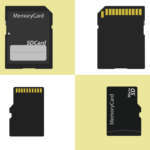


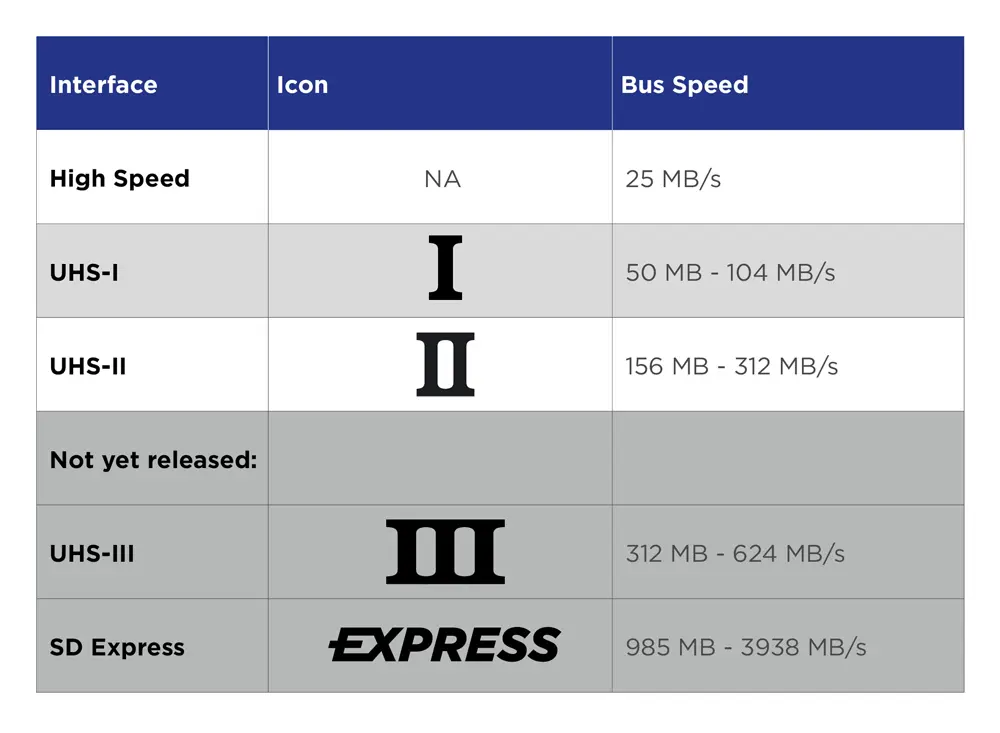
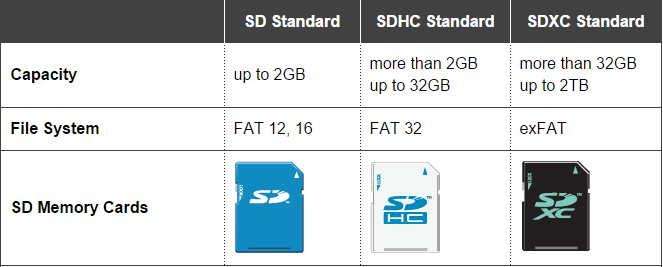

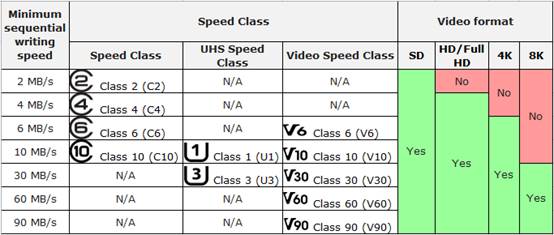
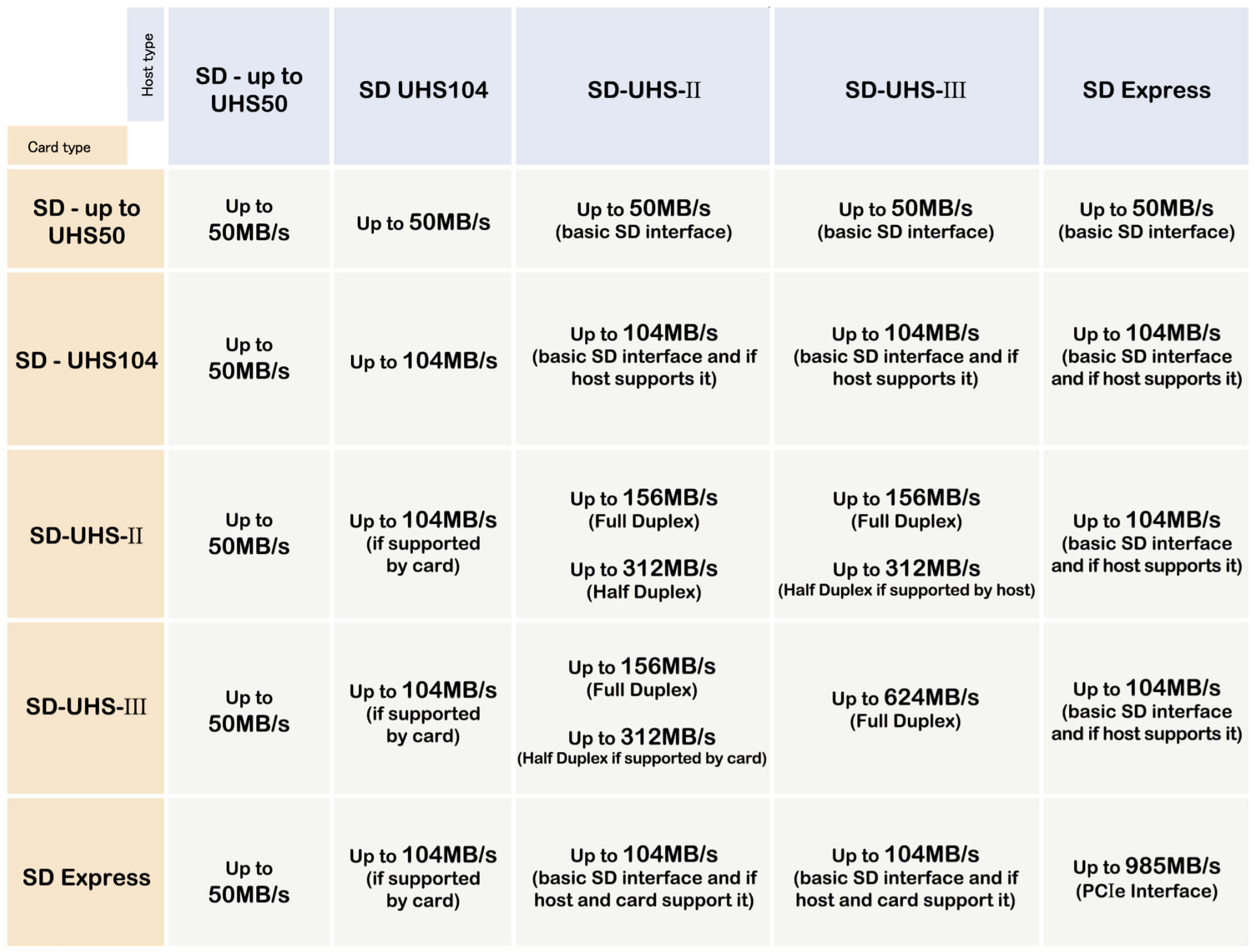
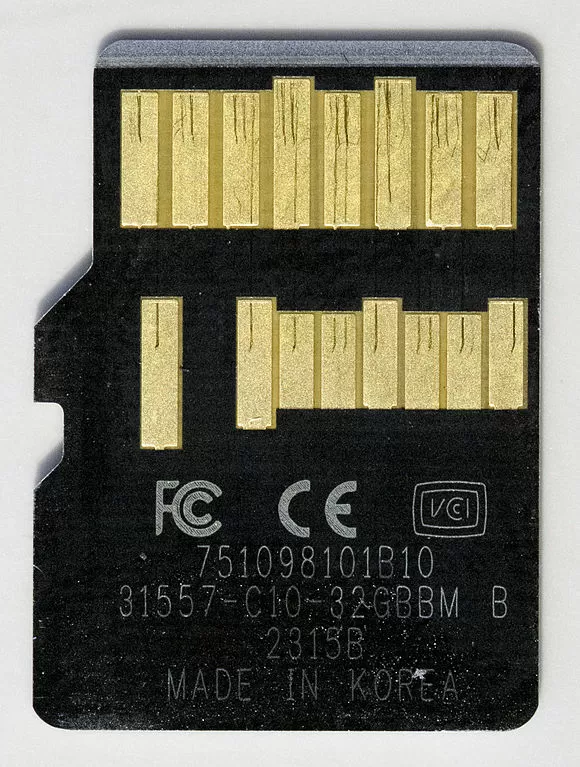

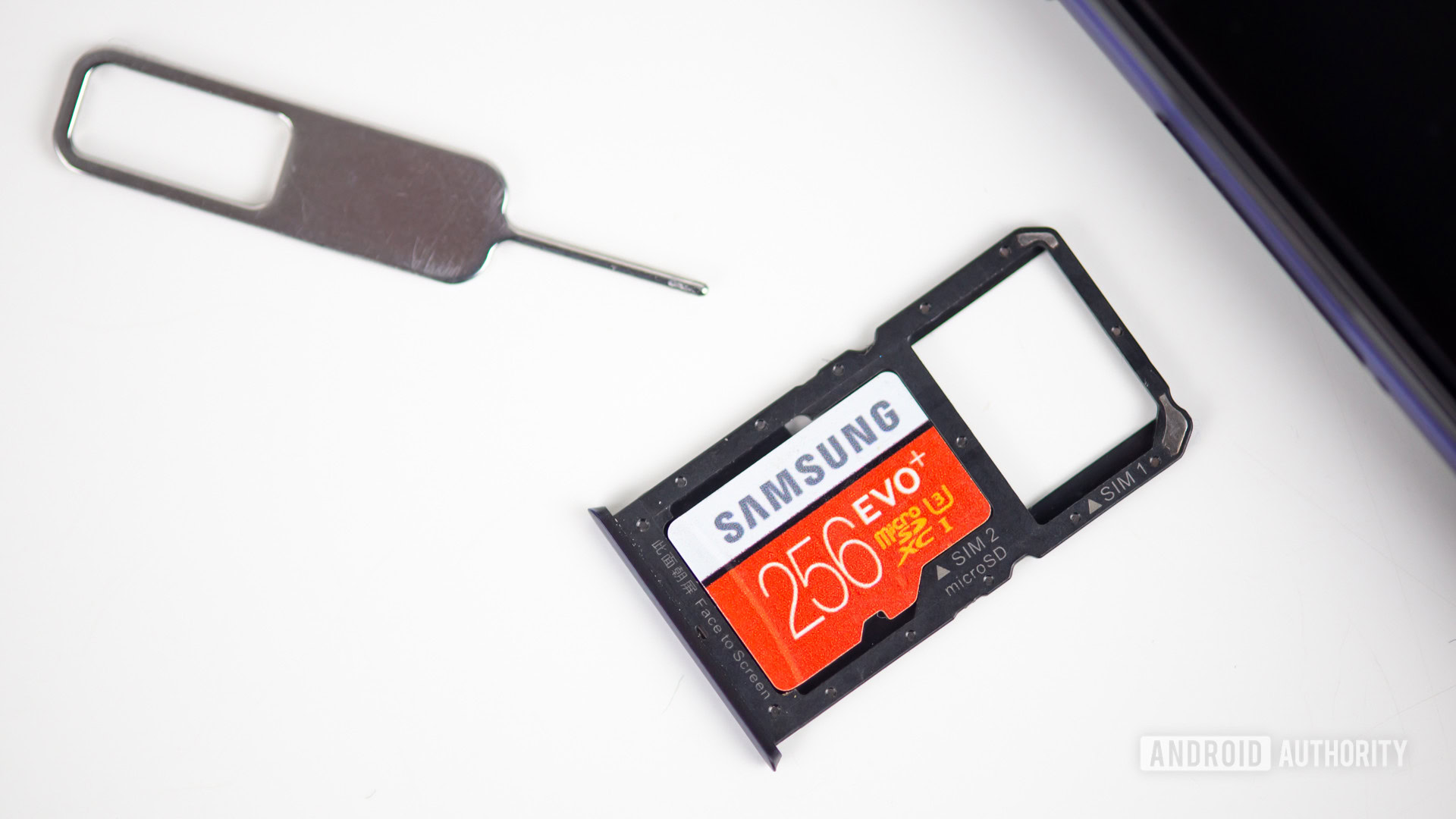

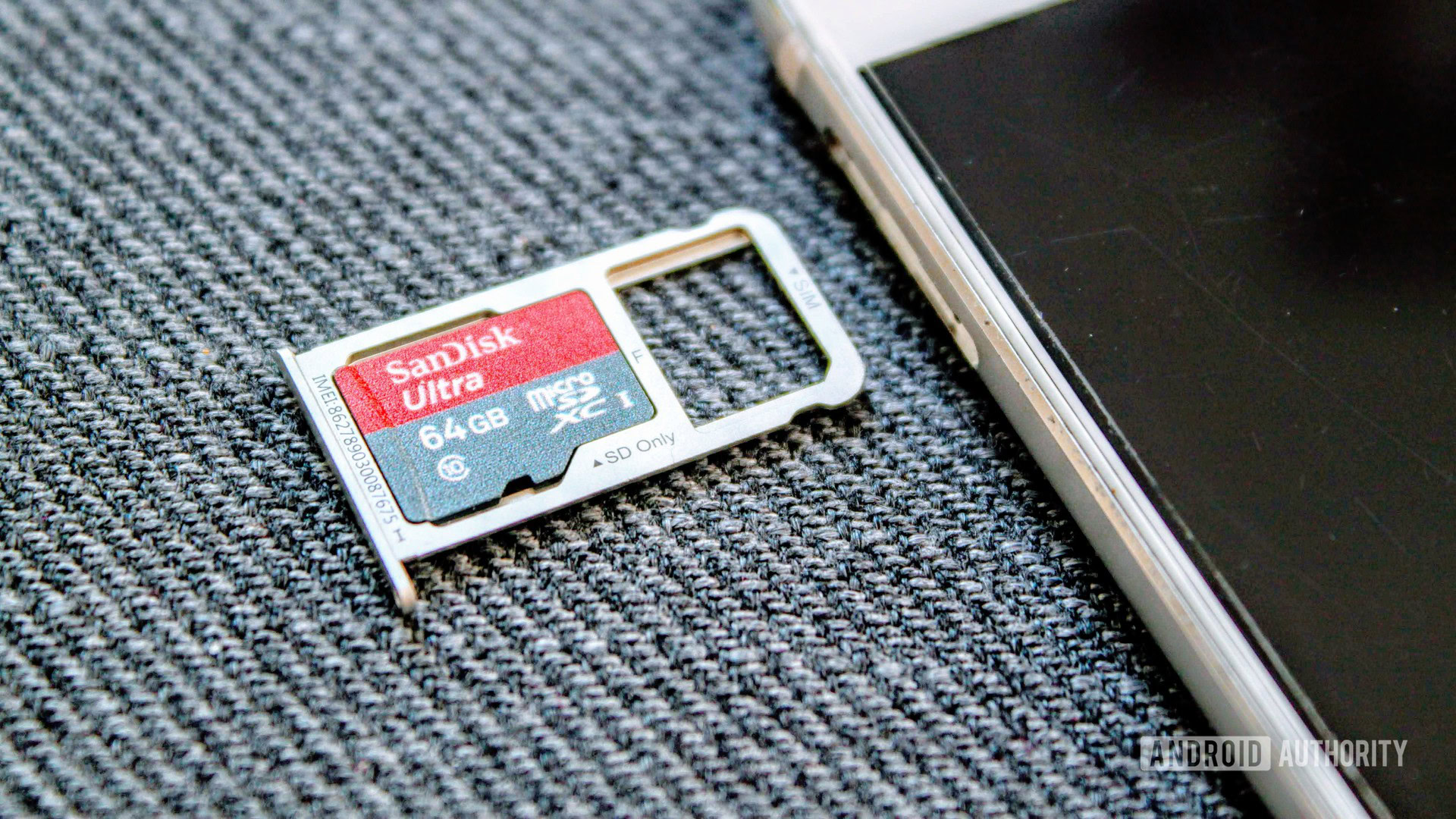

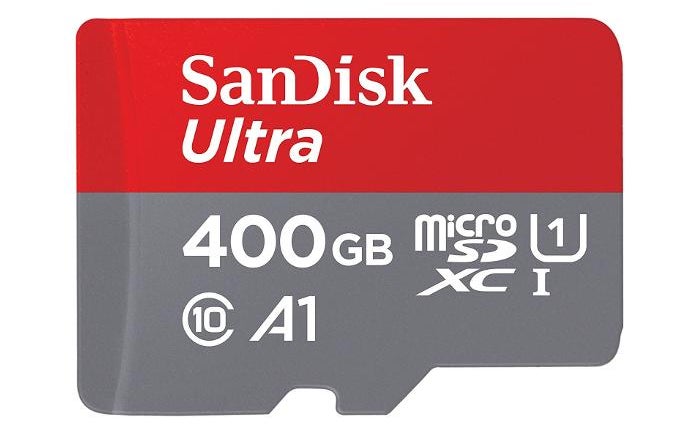
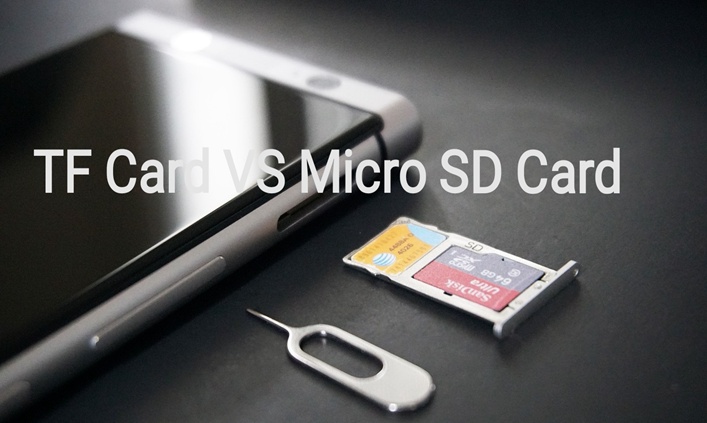
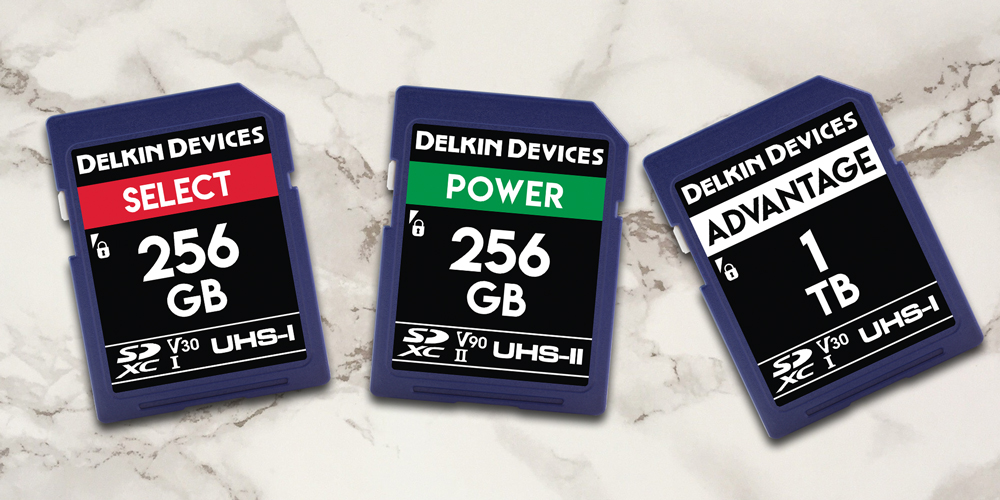


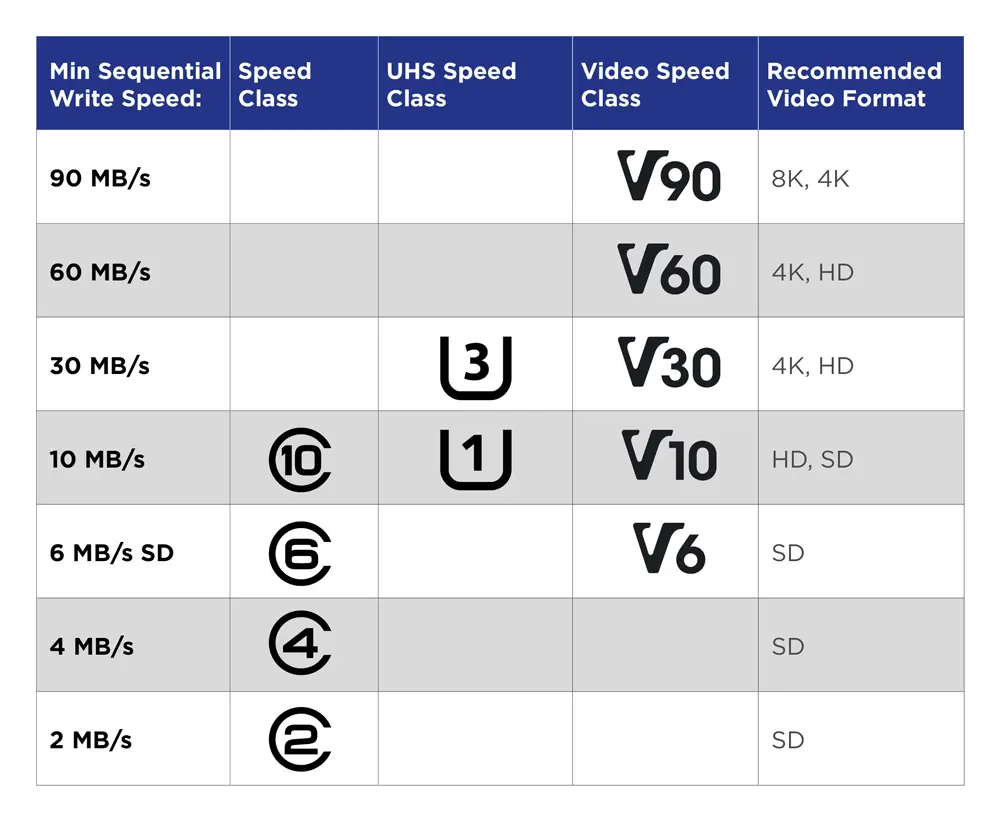
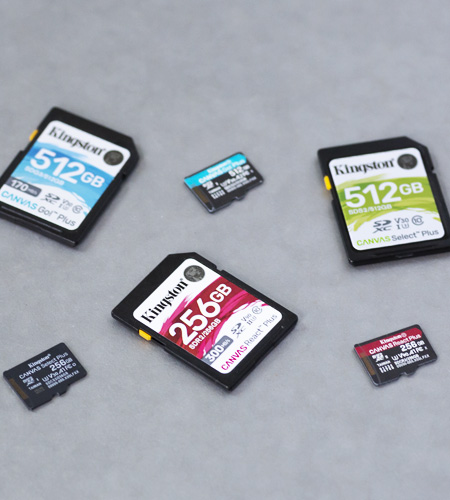
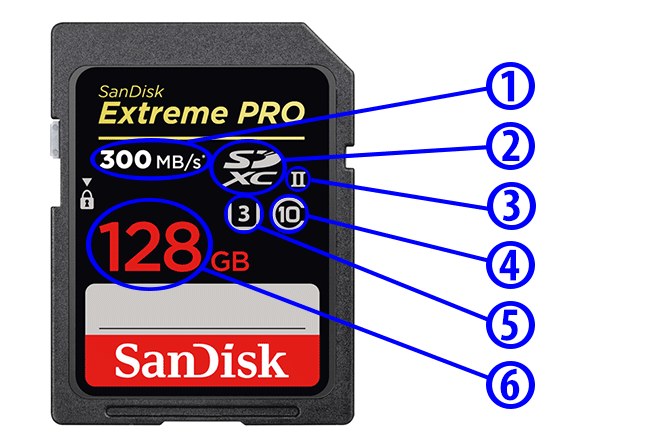
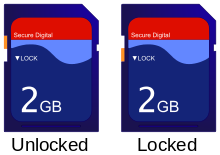
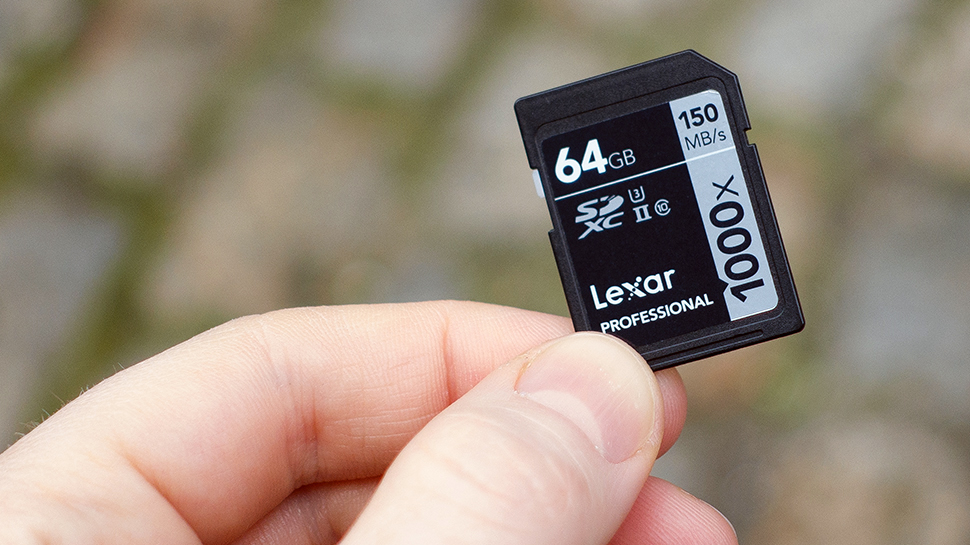


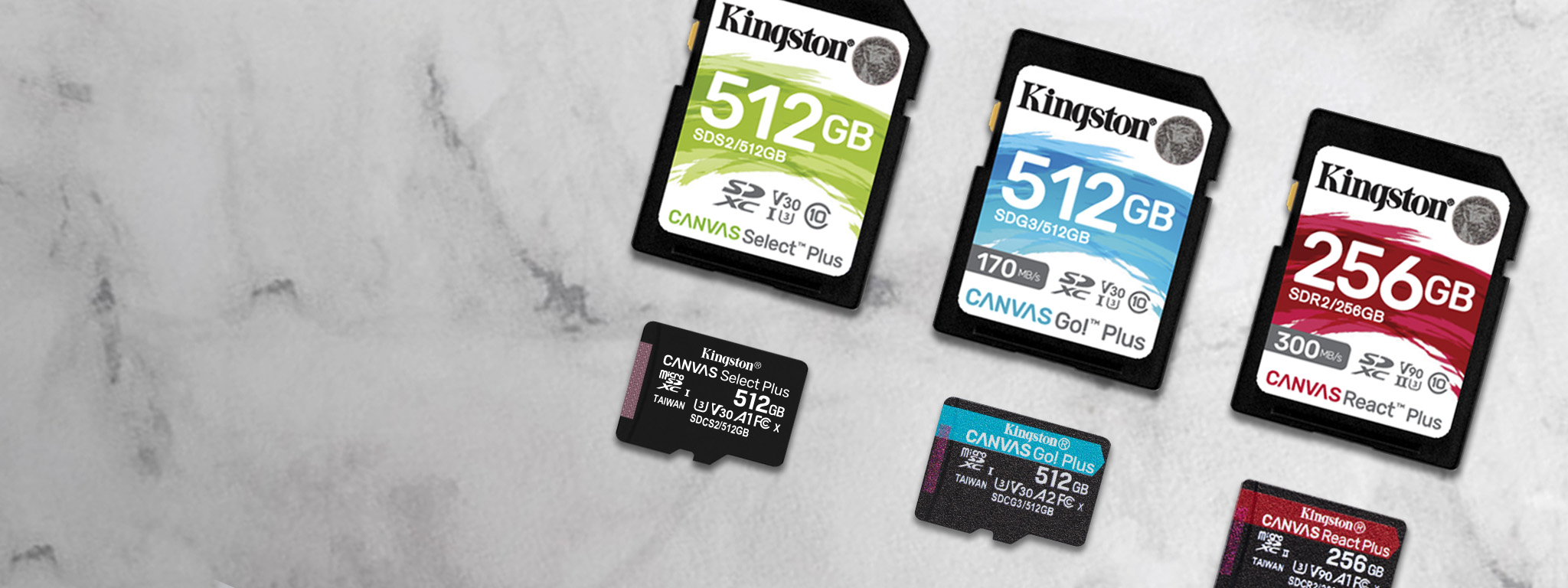
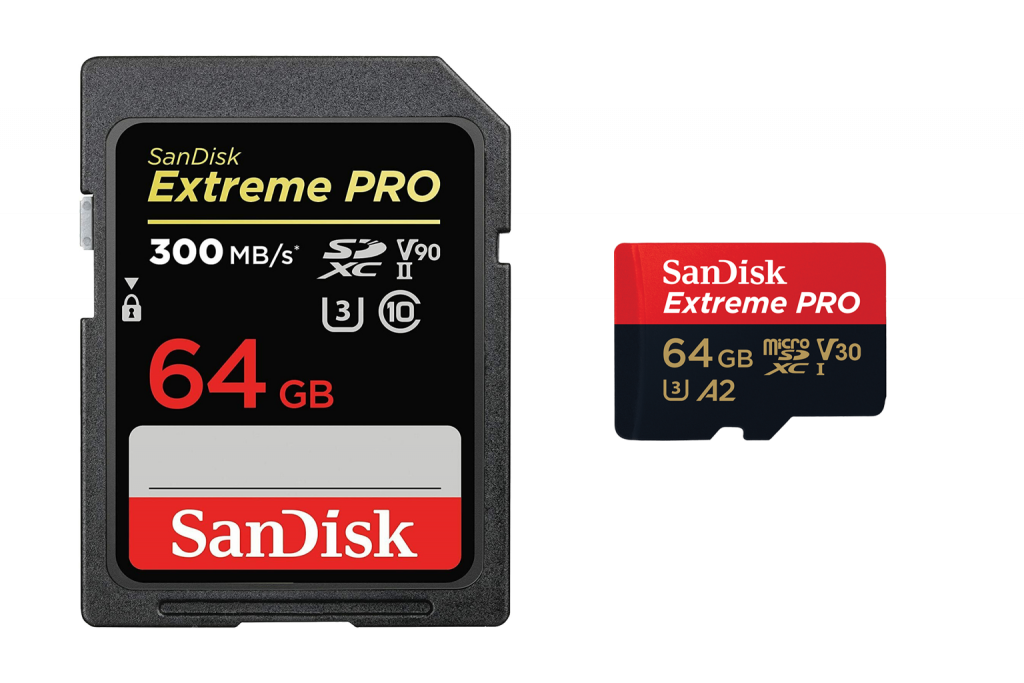
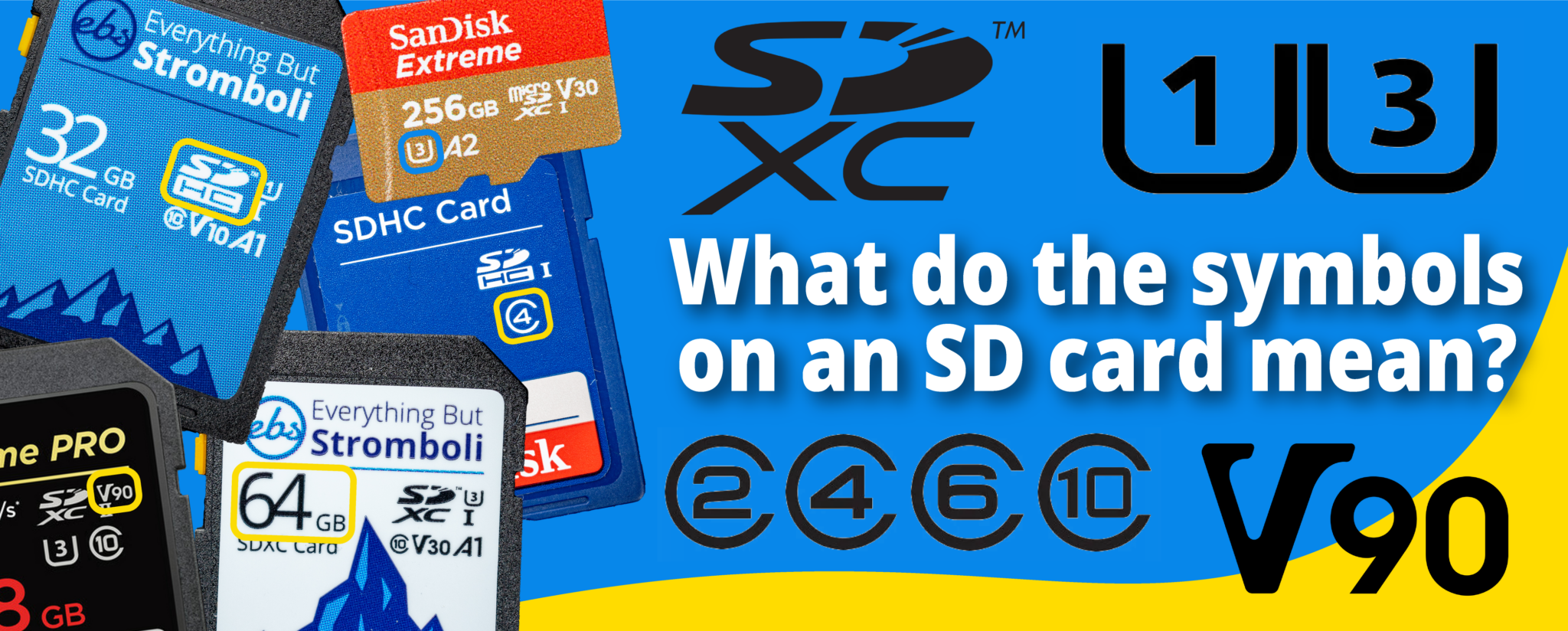
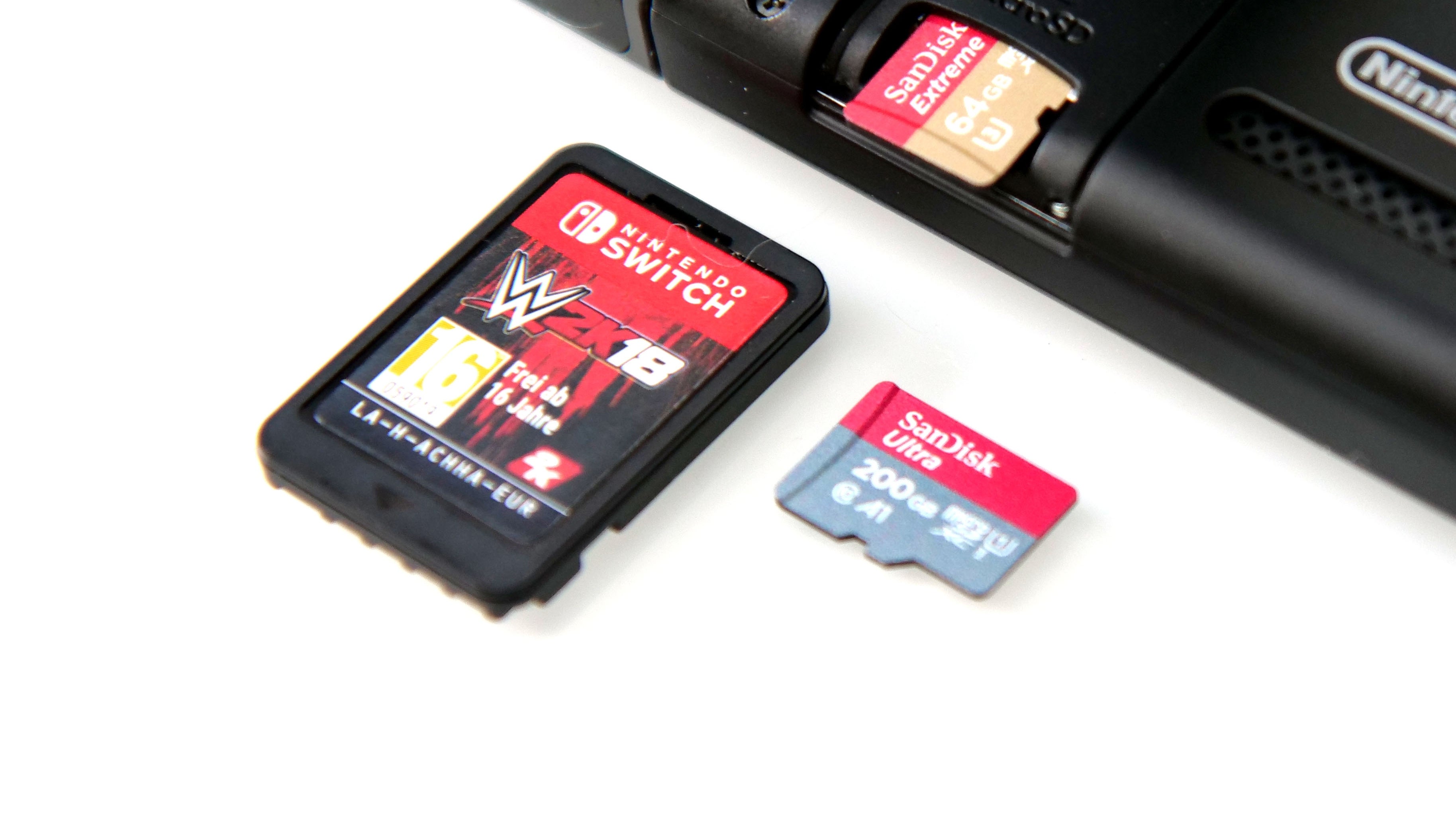
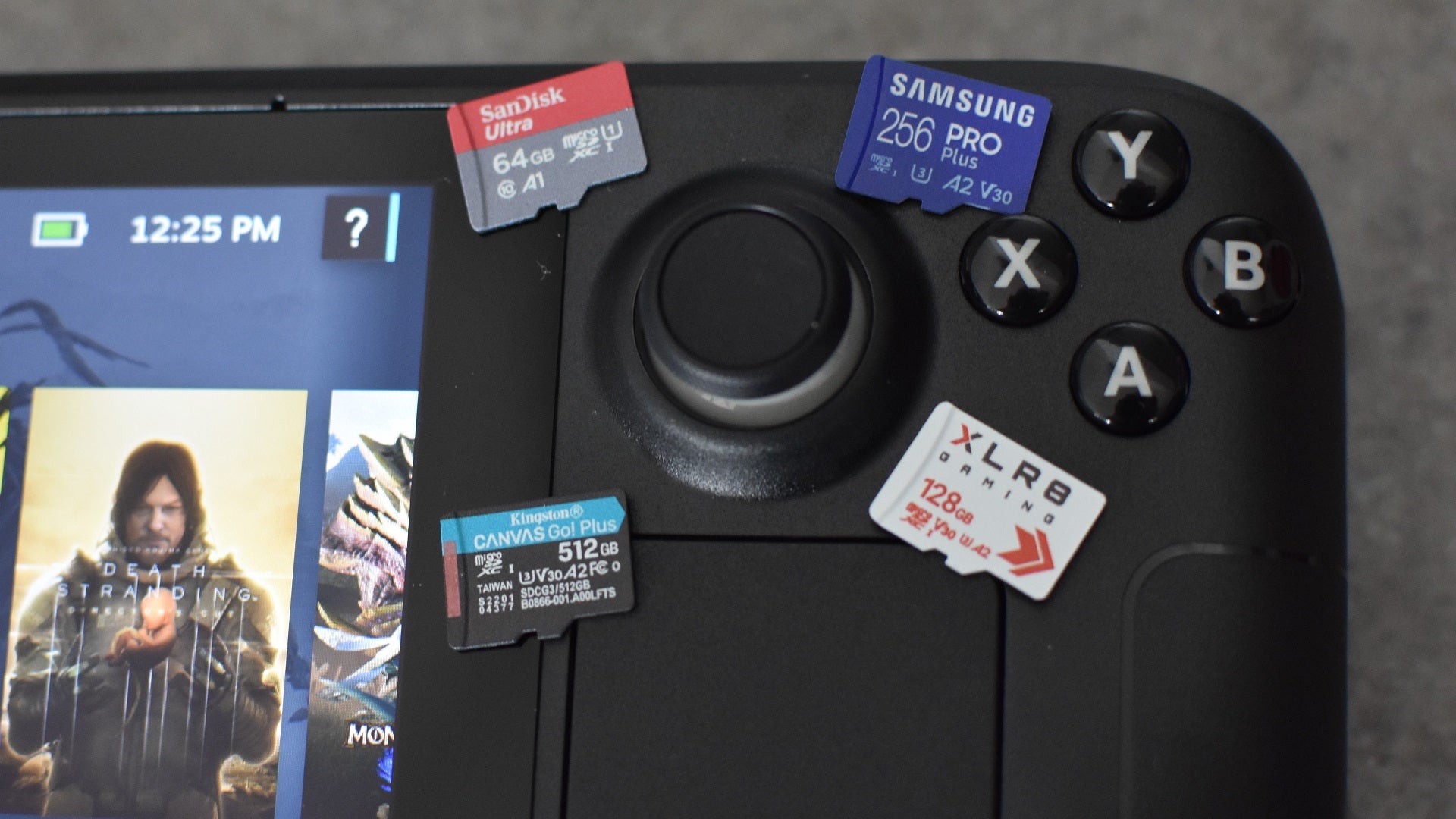
Post a Comment for "40 micro sd card labels explained"